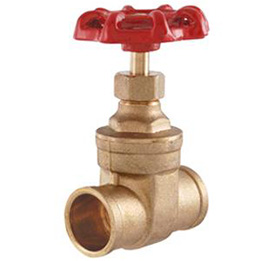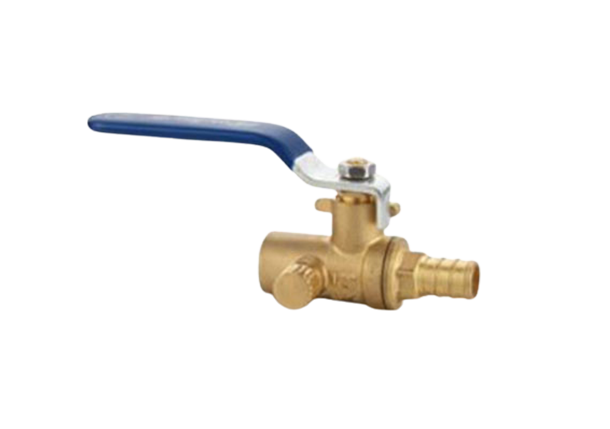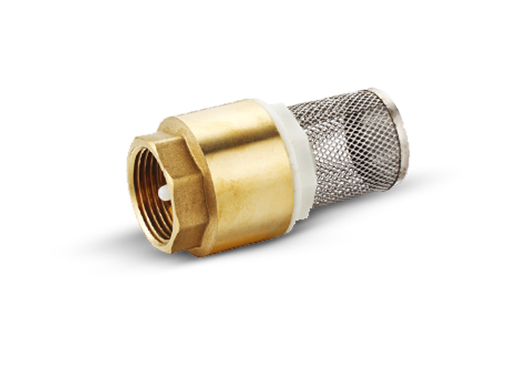What is the Difference Between Brass and Bronze Ball Valves?
Ever wondered why you see so many different types of ball valves in plumbing and industrial setups? Well, that’s because choosing the right one can make all the difference! Today, we’re focusing on two popular materials: brass and bronze. Understanding their differences isn’t just for the tech-savvy—it can save you time, money, and a headache down the line.
What Are Ball Valves?
So, what exactly is a ball valve? Think of it as a gatekeeper for your pipes. This nifty little device controls the flow of liquids and gases, thanks to a spherical ball that rotates inside. It’s simple yet effective, making it a go-to choice for everything from home plumbing to industrial processes.
Materials Used in Ball Valves
Ball valves come in various materials, each with its unique benefits and drawbacks. Choosing the right material is crucial for ensuring longevity, performance, and cost-effectiveness.
What is Brass?
Brass is an alloy primarily made of copper and zinc. It’s known for its golden color and is prized for its malleability and low friction properties. You’ll often find brass ball valves in residential plumbing due to their ease of use and affordability.

What is Bronze?
Now, let’s talk about bronze. This metal is typically made of copper mixed with tin (and sometimes other elements). Bronze boasts excellent corrosion resistance and strength, making it a favorite for more demanding environments, like marine applications.

Key Differences Between Brass and Bronze Ball Valves
Corrosion Resistance
When it comes to corrosion resistance, bronze generally takes the lead. If you’re in a saltwater or high-humidity environment, bronze is your best bet. Brass can corrode over time, especially in harsh conditions, so it’s essential to consider where your valve will be installed.
Strength and Durability
In terms of strength, bronze is often tougher than brass. This means if you’re working in high-pressure situations or extreme conditions, bronze is likely to hold up better over time. Think of it like choosing between a trusty pair of sneakers and a rugged pair of hiking boots—each has its purpose!
Temperature and Pressure Ratings
Brass and bronze ball valves also differ in their temperature and pressure ratings. Typically, bronze can handle higher temperatures and pressures compared to brass. So, if your system operates under extreme conditions, you might want to opt for bronze.
Cost and Availability
Let’s talk about the wallet. Generally, brass ball valves are cheaper and more readily available than bronze ones. If you’re working on a tight budget, brass might be the way to go. However, investing a bit more in bronze could pay off in longevity.
Applications of Brass and Bronze Ball Valves
Typical Applications for Brass Ball Valves
You’ll find brass ball valves in residential water systems, heating systems, and even gas lines. They’re versatile and work well in many standard applications, making them a common choice for DIY projects.
Typical Applications for Bronze Ball Valves
Bronze ball valves are often found in more specialized environments. Think marine applications, industrial processes, or anywhere that demands high durability and corrosion resistance. If your project involves seawater or chemicals, bronze is usually the better option.
How to Choose Between Brass and Bronze Ball Valves
When deciding between brass and bronze, consider a few factors. What environment will the valve be in? Are you dealing with high pressure or temperatures? And, of course, what’s your budget? Weighing these aspects can help you make the right choice for your needs.
So, there you have it! Brass and bronze ball valves each come with their own set of strengths and weaknesses. Whether you choose brass for its affordability or bronze for its durability, understanding the differences will help you make an informed decision.
Different Carbo Valves For Sale



















